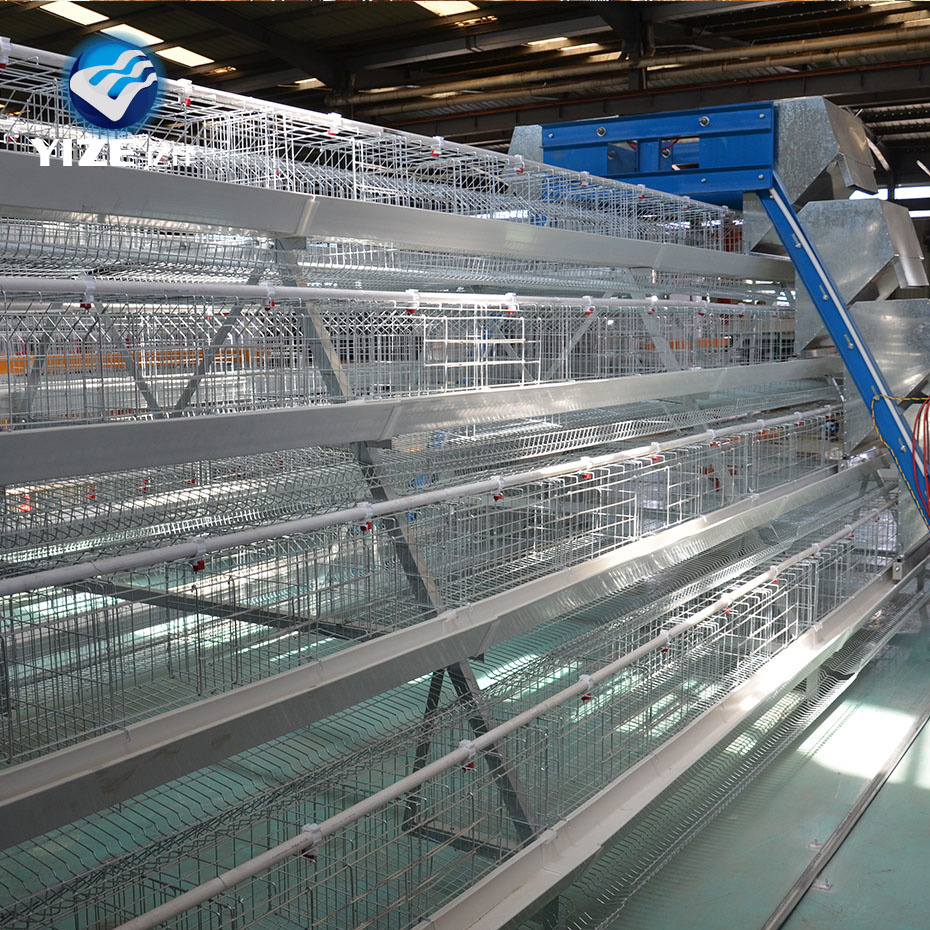Choosing the Right Exhaust Fan for Efficient Air Circulation and Ventilation
Nov . 27, 2024 09:55 Back to list
Choosing the Right Exhaust Fan for Efficient Air Circulation and Ventilation
Understanding Exhaust Fans An Essential Guide
Exhaust fans are integral components in many residential and commercial spaces, serving a crucial role in maintaining air quality and thermal comfort. They are designed to expel unwanted air, moisture, heat, smoke, and indoor pollutants from a designated area. This article aims to provide a comprehensive overview of exhaust fans, their functions, types, and benefits.
The Purpose of Exhaust Fans
The primary function of an exhaust fan is to improve indoor air quality by removing stale air, which often contains allergens, odors, and excess humidity. In kitchens, for instance, exhaust fans are installed above stovetops to capture smoke, steam, and grease fumes during cooking, thus preventing these particles from contaminating the home environment. In bathrooms, exhaust fans eliminate moisture that can lead to mold and mildew growth, ultimately protecting the structure of the building and the health of its occupants.
Types of Exhaust Fans
Exhaust fans come in various styles and sizes, each suited to different applications
1. Kitchen Exhaust Fans Typically mounted above the stove, these fans can be ducted or ductless. Ducted fans vent air outside, while ductless fans use filters to clean the air before recirculating it back into the kitchen.
2. Bathroom Exhaust Fans These fans are essential in areas where humidity levels can rise quickly. They help prevent mold growth and must be moisture-resistant.
3. Attic Exhaust Fans Installed in the attic, these fans help to ventilate hot air during the summer months, reducing the strain on air conditioning systems and preventing roof damage.
4. Whole-House Exhaust Fans These larger systems are designed to ventilate entire homes by pulling cool outside air in while expelling stale indoor air through attic spaces.
exhaust fan 3

Benefits of Using Exhaust Fans
1. Improved Indoor Air Quality By removing pollutants, allergens, and odors, exhaust fans promote a healthier indoor environment. This is particularly important for individuals with allergies or respiratory conditions.
2. Moisture Control Excess humidity can lead to water damage and mold growth. By regulating moisture levels, exhaust fans help maintain the integrity of the building and contribute to a healthier living environment.
3. Energy Efficiency Proper ventilation can enhance the efficiency of heating and cooling systems. By expelling hot air in the summer and allowing cooler air to flow in, exhaust fans can help reduce energy costs.
4. Enhanced Comfort Stale, hot air can make living spaces uncomfortable. Exhaust fans help maintain a pleasant atmosphere, especially in areas subjected to cooking fumes and humidity, such as kitchens and bathrooms.
Installation and Maintenance
For optimal performance, exhaust fans should be properly installed, and their maintenance should not be overlooked. Depending on the type of fan, it may necessitate regular cleaning to ensure filters remain unobstructed, and exhaust ducts are free of debris. Regular checks ensure that the fan operates quietly and efficiently, providing maximum benefits.
Conclusion
In conclusion, exhaust fans are vital for ensuring clean, comfortable, and safe indoor environments. Whether in homes or commercial buildings, the importance of proper ventilation cannot be overstated. They play a critical role in maintaining air quality, controlling moisture, enhancing energy efficiency, and improving overall comfort. As awareness of indoor air quality increases, investing in and maintaining effective exhaust fan systems will remain essential. Understanding the various types and functions of exhaust fans will empower homeowners and business operators to make informed choices that foster healthier spaces.
-
Automatic Feeding Line System-Pan Feeder Nipple Drinker|Anping County Yize Metal Products Co., Ltd.
NewsJul.29,2025
-
Hot Sale 24 & 18 Door Rabbit Cages - Premium Breeding Solutions
NewsJul.25,2025
-
Automatic Feeding Line System Pan Feeder Nipple Drinker - Anping County Yize Metal Products Co., Ltd.
NewsJul.21,2025
-
Automatic Feeding Line System Pan Feeder Nipple Drinker - Anping County Yize Metal Products Co., Ltd.
NewsJul.21,2025
-
Automatic Feeding Line System - Anping Yize | Precision & Nipple
NewsJul.21,2025
-
Automatic Feeding Line System - Anping Yize | Precision & Nipple
NewsJul.21,2025






